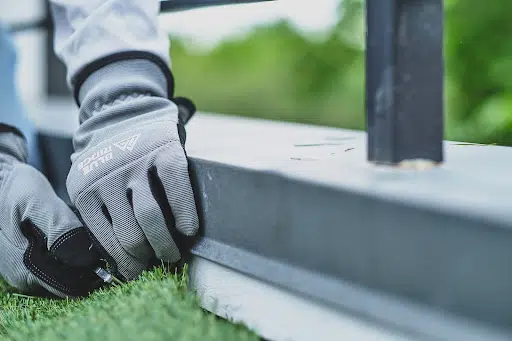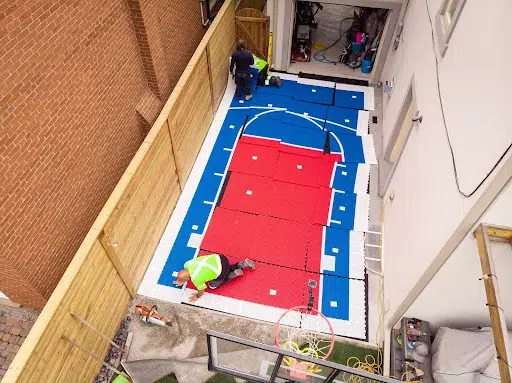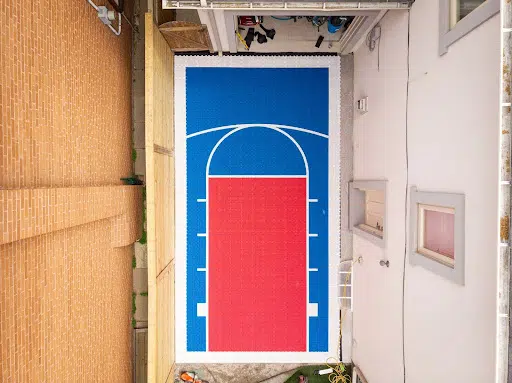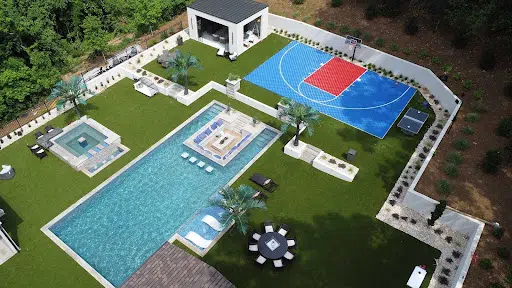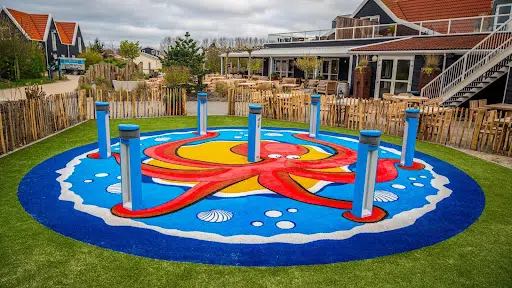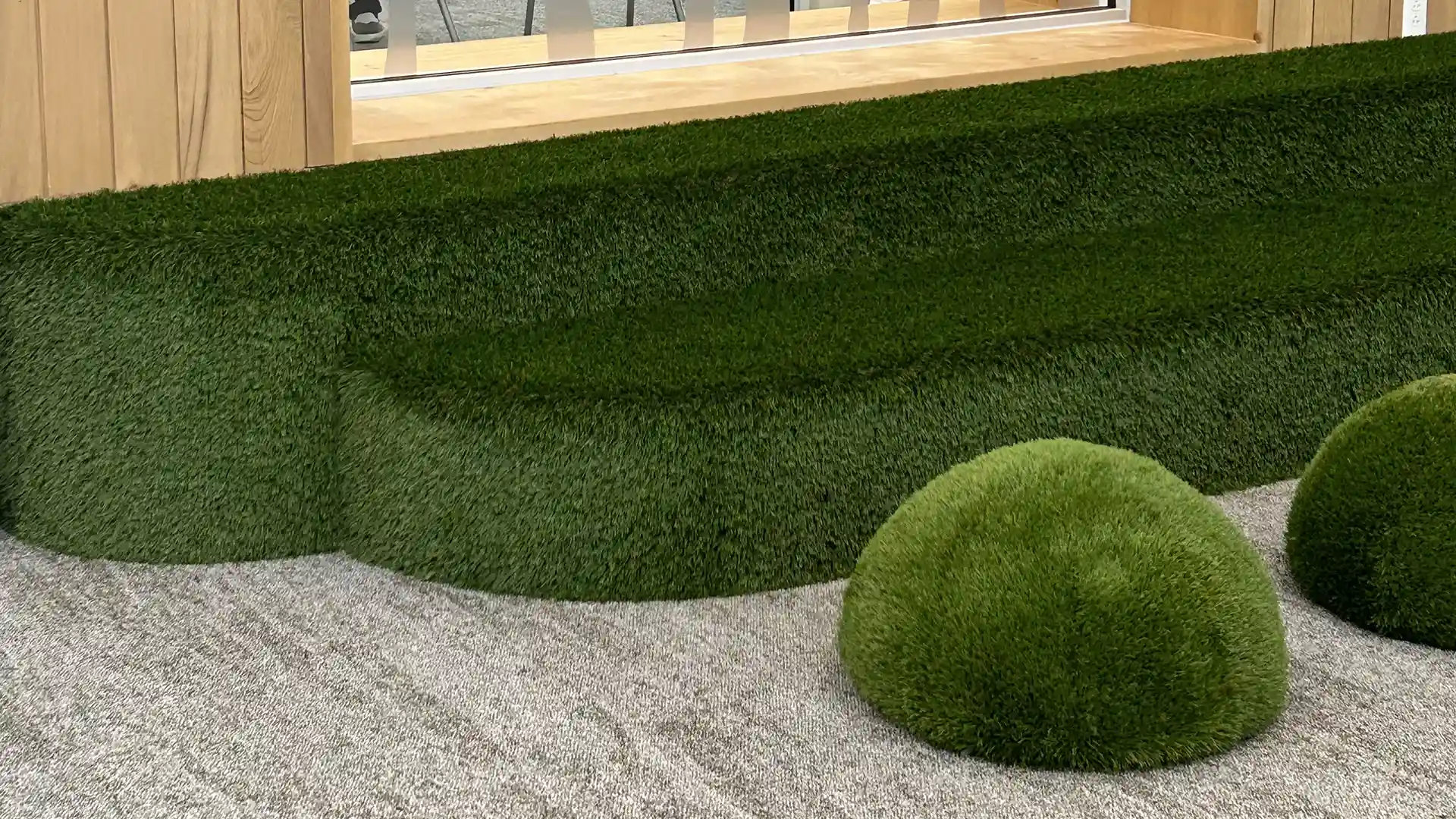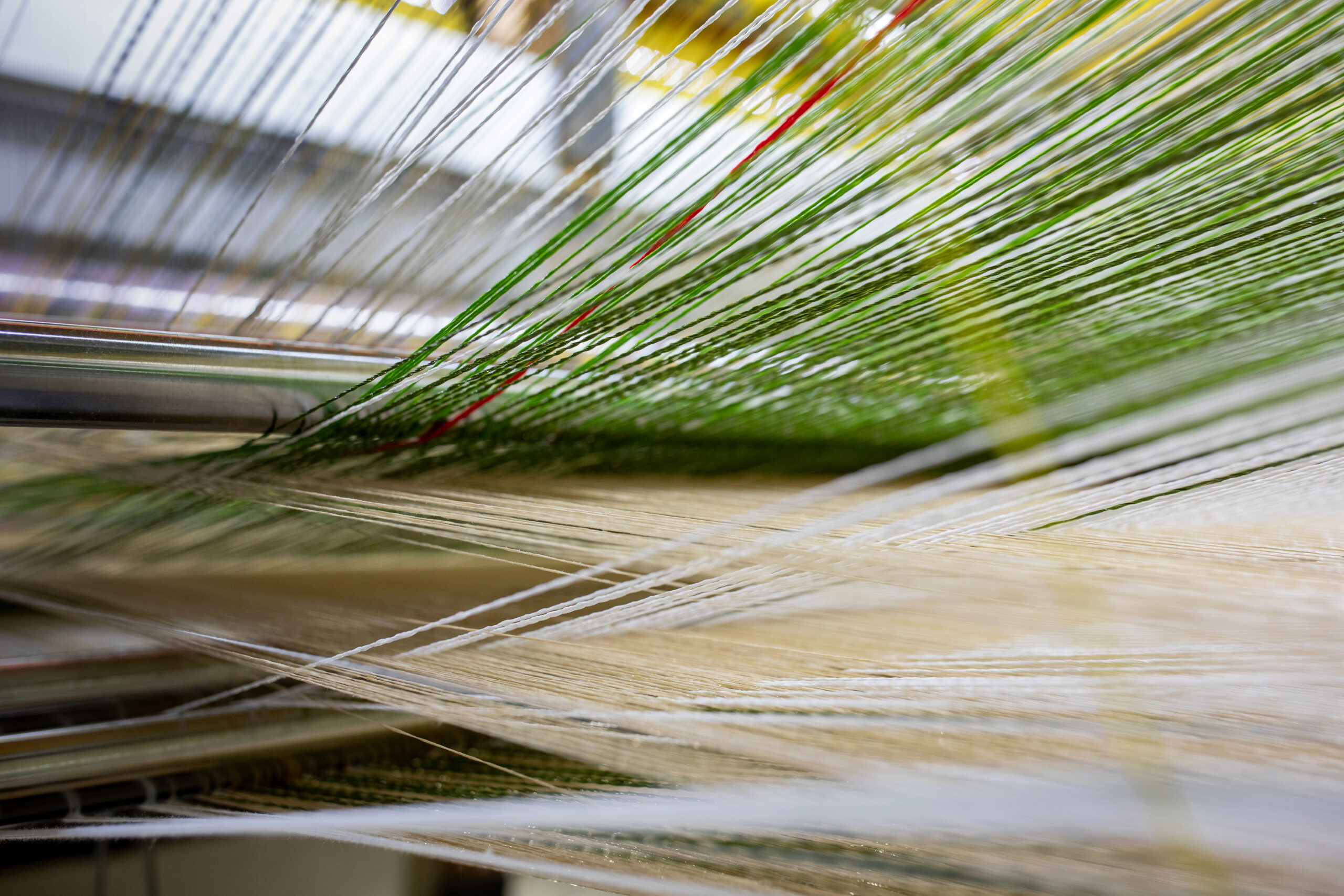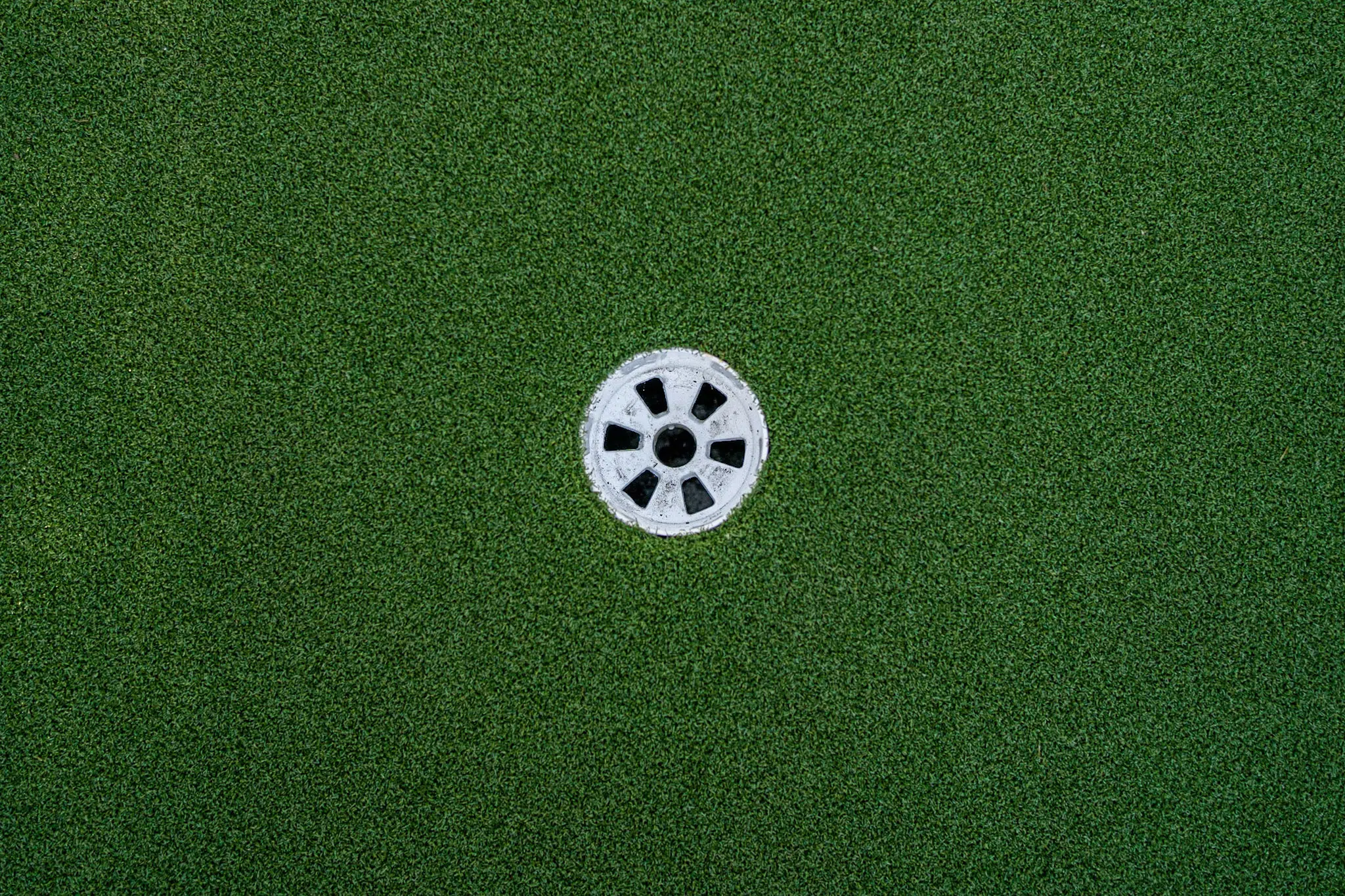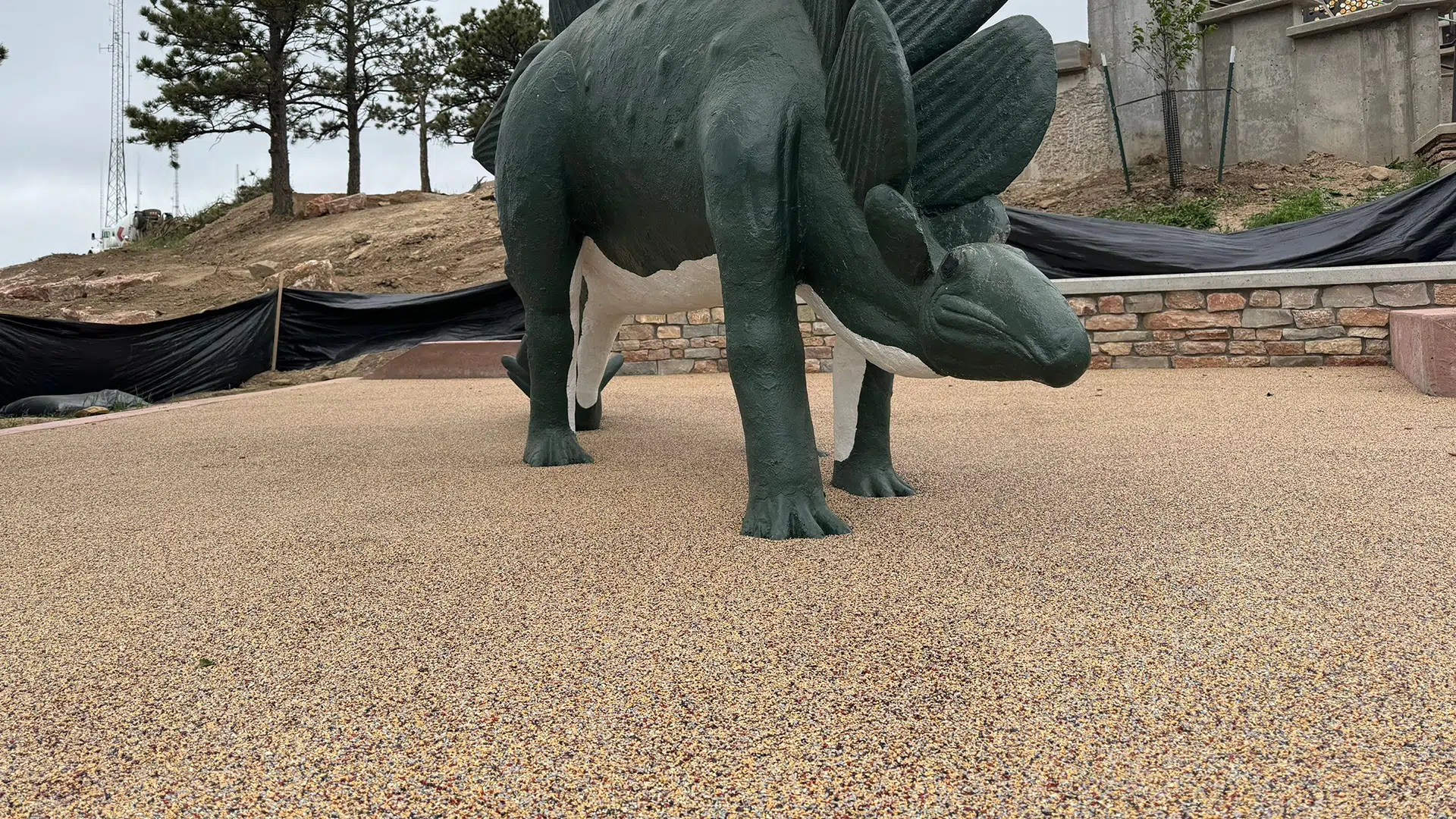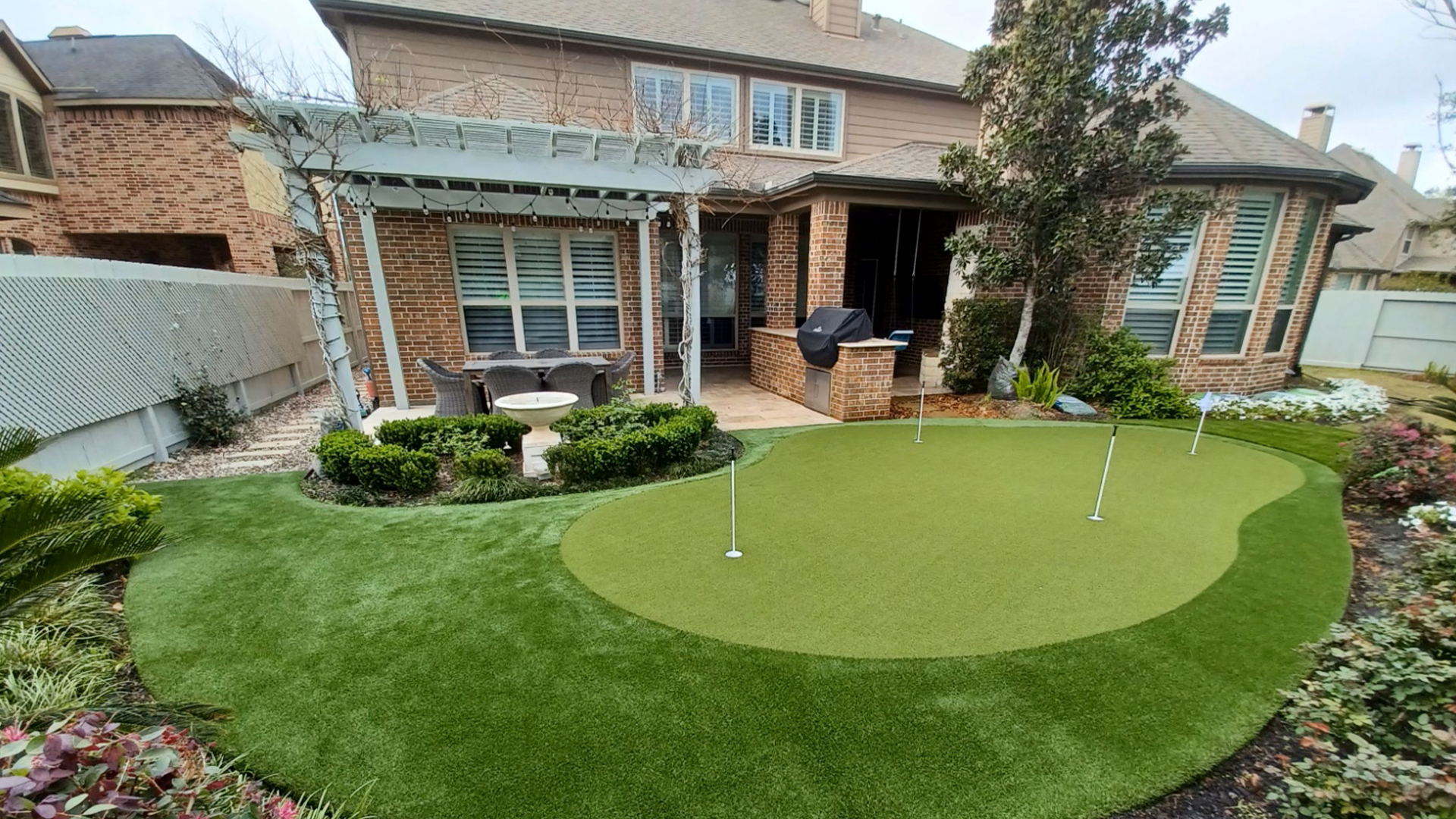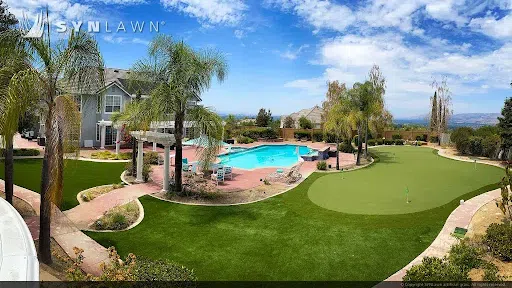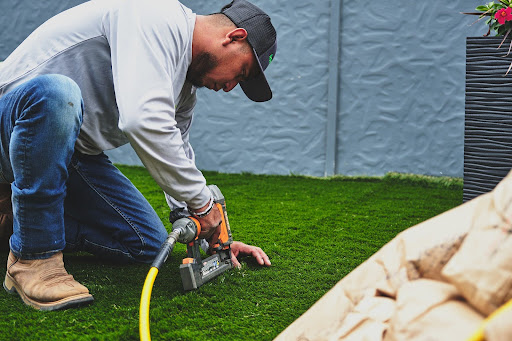
How to Install Turf: DIY vs. Professional Artificial Grass Installation
Artificial grass installation isn’t just about rolling out turf—it’s about creating a durable, beautiful surface that lasts. Whether it’s for a home lawn, commercial property, or recreational space, getting the installation right is essential. The question is: Should you take the DIY route or hire a professional?
In this guide, we’ll explain how to install turf, reviewing and comparing the DIY approach vs professional installation—so you can make the right choice for your home or business.
How to Install Artificial Grass
Artificial grass installation is the process of creating a durable, low-maintenance landscape using high-quality synthetic turf designed to look and perform like natural grass. You can choose between two installation types:
- DIY installation: A hands-on approach that saves on labor costs but requires time, effort, and precision.
- Professional installation: A seamless, expert-led process for a flawless finish and long-term durability.
Whether you opt for DIY or professional installation, you’re going to need to cover the basics. Here’s how to lay turf in a few simple steps:
- Site Preparation: Clear the area of grass, weeds, and debris. It usually involves excavation to create a stable foundation for the base layer.
- Laying the Base: There are several ways to create the base. Popular options include making a compacted layer of crushed stone or decomposed granite, as these materials help ensure stability.
- Installing a Weed Barrier: Adding a protective fabric can help prevent unwanted growth. It is highly recommended as it can help protect your turf.
- Laying and Securing the Turf: In this step, the artificial grass is positioned, trimmed, and secured with adhesives, nails, or staples. The goal is to keep it in place regardless of the foot traffic and conditions so it serves as a stable foundation.
- Applying Infill and Brushing: Infill, such as silica sand or rubber granules, helps support the turf fibers and its durability. Make sure you choose eco-friendly and non-toxic materials that keep your turf comfortable and sustainable.
While both turf installation methods follow these same core steps, they differ significantly in execution and expertise. Let’s explore what makes DIY and professional installation different.
DIY Artificial Turf Installation

Taking the DIY route can be a rewarding and cost-effective way to install artificial grass—if you’re willing to put in the time and effort. However, it requires precision, patience, and the right tools to get professional-level results. Here’s what you need to know before installing turf in your backyard:
How Difficult is DIY Artificial Turf Installation?
DIY artificial grass installation involves excavating, leveling, compacting, cutting, and securing turf. It’s a labor-intensive process that can be manageable for those with landscaping or home improvement experience. However, if you’re unfamiliar with these steps, expect a learning curve and a significant time commitment.
How to Install Artificial Turf: Common DIY Pitfalls
Even experienced DIYers can run into challenges. Here’s what to watch out for:
- Uneven Base: A smooth, stable foundation is key. If the base isn’t compacted properly, dips and bumps will form over time. Use a plate compactor and check for levelness frequently.
- Visible Seams: Poorly joined turf sections can be an eyesore. Stagger seams like brickwork, use high-quality seam tape, and brush turf fibers over the joints to blend them in naturally.
- Poor Drainage: Without proper drainage, water can collect under the turf, leading to odor and mold. Ensure the base slopes slightly and use the right base materials to allow water to drain effectively.
- Loose Turf: If the turf isn’t secured properly, it may shift, wrinkle, or ripple. Fasten the edges firmly and use nails every six inches to prevent movement over time.
How Long Does DIY Installation Take?
For a 500 sq. ft. backyard, DIY installation usually takes 3 to 5 days, depending on experience level and site preparation needs.
Professional Artificial Grass Installation
For those looking for a hassle-free installation with a flawless finish, hiring a professional is the best choice. A professional team follows a structured process to ensure the turf is perfectly installed for long-term performance. It typically includes:
- Assessing the site.
- Creating a custom design.
- Preparing a stable base.
- Laying and securing the turf.
- Performs a final inspection.
Every step is executed with specialized tools and techniques, ensuring seamless seams, proper drainage, and a perfectly even surface that stays in place for years.
Why Choose Professional Installation?
Professional installers use precise cutting, stretching, and securing techniques to prevent common DIY issues like visible seams, wrinkles, or shifting turf. The result is a polished, even surface that stays in place for years.
Plus, professional installation isn’t limited to standard lawns. You can request a customized landscaping solution and enjoy creative designs, such as:
- Playgrounds with cushioned padding for extra safety.
- Game areas with designs like hopscotch or tic-tac-toe built into the turf.
- Rooftop installations that turn underused spaces into green retreats.
- Branded business logos or decorative landscaping patterns.
A professional installation provides the consistent performance and high expertise needed to create engaging landscapes. It also helps ensure your playground, patio, commercial landscapes, and sports fields meet the specific safety requirements stated by local and national laws.
How to Choose the Right Turf Installer
Not all artificial grass installers deliver the same level of quality. To ensure a flawless, long-lasting result, look for a company that offers:
- Experience & Certifications: Choose a company with years of experience and certifications that ensure safety across various levels.
- Warranty Protection: Ensure they offer warranties on both materials and labor for added security.
- High-Quality Turf Options: Reputable installers provide premium, durable turf options suited for different applications.
- Portfolio of Past Projects: Reviewing their previous installations can help you gauge the quality of their work.
For a high-quality installation with guaranteed results, explore SYNLawn’s professional artificial grass installation services.
Final Thoughts
Choosing between DIY and professional artificial grass installation comes down to your priorities—whether you value the challenge of a hands-on project or prefer the expertise of a professional team. No matter the approach, a well-installed artificial lawn enhances curb appeal, reduces maintenance, and provides a lasting outdoor upgrade.
So the only question left is: Are you ready to transform your space?
Explore SYNLawn’s Project Wizard to find the perfect artificial turf for your needs or contact us to learn how our professional installation can help bring your vision to life.
